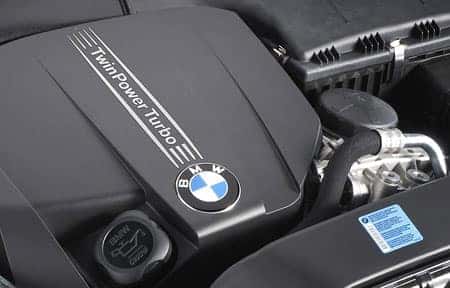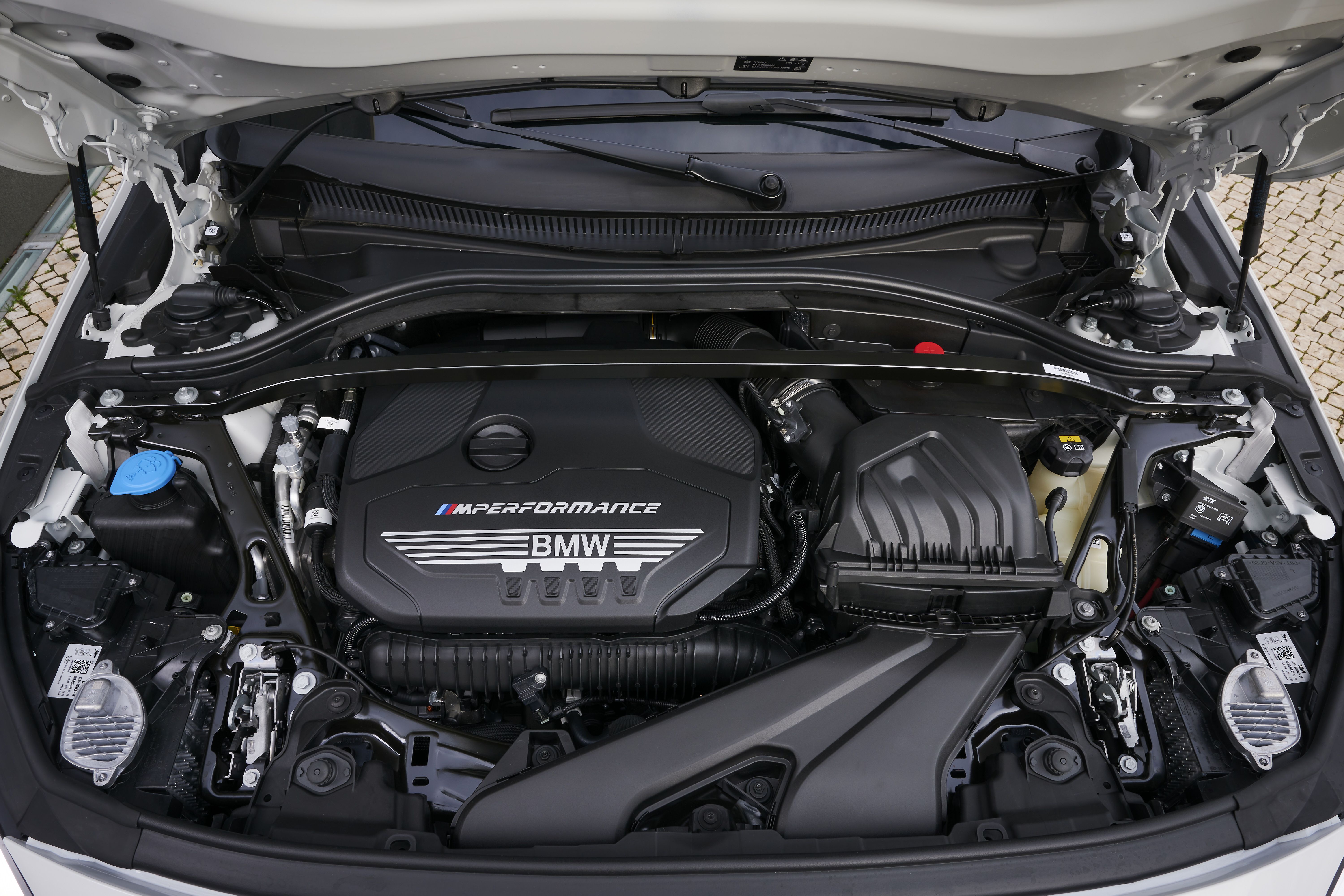Exploring the Performance Enhancements of the current BMW Engine Models
Exploring the Performance Enhancements of the current BMW Engine Models
Blog Article
Discovering the Development of Burning Engines in Modern Transportation Solutions
As we browse the landscape of modern-day transportation, the evolution of combustion engines stands as a testimony to human resourcefulness and design prowess. The interplay of history, technology, and ecological worries in forming the trajectory of burning engines develops a narrative that is both insightful and engaging.
Early Beginnings of Combustion Engines
Exactly how did the concept of combustion engines very first arise in the very early phases of transportation development? The origins of burning engines can be traced back to the 17th century when the concepts of inner combustion were first discovered.
The development minute came with the creation of the first effective gasoline-powered engine by Karl Benz in 1885 - bmw engine. This engine led the way for the development of the modern-day car, revolutionizing transport systems worldwide. Succeeding innovations by Nikolaus Otto and Gottlieb Daimler even more refined burning engine modern technology, resulting in the mass manufacturing of cars and the fast growth of the transport market
These early burning engines were defined by their simplicity and performance, laying the foundation for the complex and effective engines used in modern transportation systems. The advancement of combustion engines has been critical in forming the way we take a trip and carry products, marking a significant milestone in the background of transportation advancement.
Change to Internal Burning Innovation
The transition to internal combustion technology noted a pivotal change in the advancement of transport systems. This change started in the late 19th century, with developers like Nikolaus Otto and Gottlieb Daimler developing the very first successful internal combustion engines. These engines changed transport by providing a much more effective and reliable choice to steam engines and electrical motors.
Among the essential benefits of interior combustion engines was their capacity to be reduced to match vehicles, causing the development of autos and motorbikes. This shift from cumbersome, stationary engines to portable, mobile ones led the way for the modern-day transportation systems we see today.
The change to internal burning technology additionally spurred advancements in gas technology, bring about the development of fuel and diesel as primary gas resources for cars. This change not only made transport extra easily accessible to the masses however likewise laid the structure for the oil and gas market to end up being integral to worldwide economies.
Effect of Combustion Engines on Transportation
The fostering of burning engines in transportation systems catalyzed an extensive change in the efficiency and speed of international mobility. Combustion engines reinvented transport by providing a trusted and versatile source of power for different automobiles, consisting of vehicles, planes, vehicles, and ships. This innovation considerably boosted the capability for goods and people to conform cross countries in shorter period, causing raised connection in between areas and countries.
In addition, the prevalent use burning engines has actually had a substantial effect on economic growth. The capacity to transport goods efficiently has actually stimulated profession and commerce, allowing businesses to expand their markets and reach customers worldwide. This has actually assisted in financial growth and globalization, as products can currently be moved much faster and in bigger quantities than ever.
However, the ecological influence Homepage of combustion engines can not be neglected. The combustion of fossil gas has actually resulted in air pollution and greenhouse gas exhausts, adding to climate adjustment and presenting wellness dangers to populations. bmw engine. Therefore, there is an expanding focus on developing alternative propulsion modern look at this web-site technologies to alleviate these unfavorable impacts and create an extra lasting future for transportation
Technologies in Burning Engine Design
Countless improvements in combustion engine layout have propelled the advancement of transportation systems over the years. One noteworthy innovation is the advancement of turbocharged engines, which use exhaust gases to drive a generator that compresses inbound air, enabling even more gas to be burnt, causing enhanced power result without a significant rise in engine size. Furthermore, straight injection modern technology has enhanced gas effectiveness and efficiency by precisely regulating the quantity and timing of fuel infused right into the combustion chamber. Variable shutoff timing systems have actually also reinvented engine style by optimizing airflow at various engine rates, improving both power and performance. An additional significant innovation is the integration of lightweight products such as carbon fiber and aluminum alloys, lowering overall engine weight and enhancing automobile gas economy. Advancements in computer-aided design have allowed designers to maximize engine efficiency and efficiency through simulations before physical prototypes are built, saving time and resources in the development procedure. These innovations collectively add to the continual renovation of combustion engines in modern transportation systems.
Future Patterns in Combustion Engine Growth
With technology innovations driving continuous technology, the future of combustion engine advancement is positioned to reinvent transport systems worldwide. One of the vital trends in burning engine growth is the push towards better efficiency and minimized exhausts.
Another popular fad is the adoption of hybrid innovations in burning engines. Crossbreed engines combine standard burning technology with electric power, providing boosted fuel effectiveness and lower exhausts. As the automotive industry shifts towards electrification, crossbreed burning engines are viewed as a transitional remedy that bridges the gap between standard read the article cars and completely electric ones.
Additionally, the assimilation of smart modern technologies, such as artificial intelligence and data analytics, is expected to play a considerable duty in the future of burning engine development. These innovations can enhance engine performance in real-time, resulting in a lot more effective combustion processes and improved overall car performance. Welcoming these future fads will certainly not just drive advancement in burning engine advancement however also add to a more eco pleasant and sustainable transportation community.

Final Thought
Finally, the advancement of burning engines in modern-day transport systems has actually been marked by significant innovations in technology and design. From the very early starts of combustion engines to the transition to internal burning modern technology, these engines have actually had an extensive influence on transport. Advancements in combustion engine design continue to drive progress in this field, with future fads concentrating on additional enhancing effectiveness and decreasing emissions. The future of burning engines in transport looks encouraging as r & d initiatives remain to push boundaries.
The roots of burning engines can be traced back to the 17th century when the principles of internal burning were very first explored. These engines revolutionized transport by providing an extra effective and efficient choice to heavy steam engines and electrical motors.

Report this page